Smart Shower Business Plan: Comprehensive Analysis for Market Entry
VerifiedAdded on 2022/09/09
|12
|575
|15
Report
AI Summary
This report presents a comprehensive business plan for a smart shower, designed for the youth demographic and emphasizing water conservation and technological integration. The plan includes a detailed market analysis, identifying the target market as individuals aged 20-69 with specific income levels and lifestyles, and the product's value proposition focuses on environmental sustainability and cost savings. The business plan outlines key features such as water and temperature control, along with connectivity options, and provides an overview of the competitive landscape. The revenue model is based on product sales and related services, supported by a list of relevant references. This analysis aims to provide a complete overview of the business strategy and its potential for success.
1 out of 12
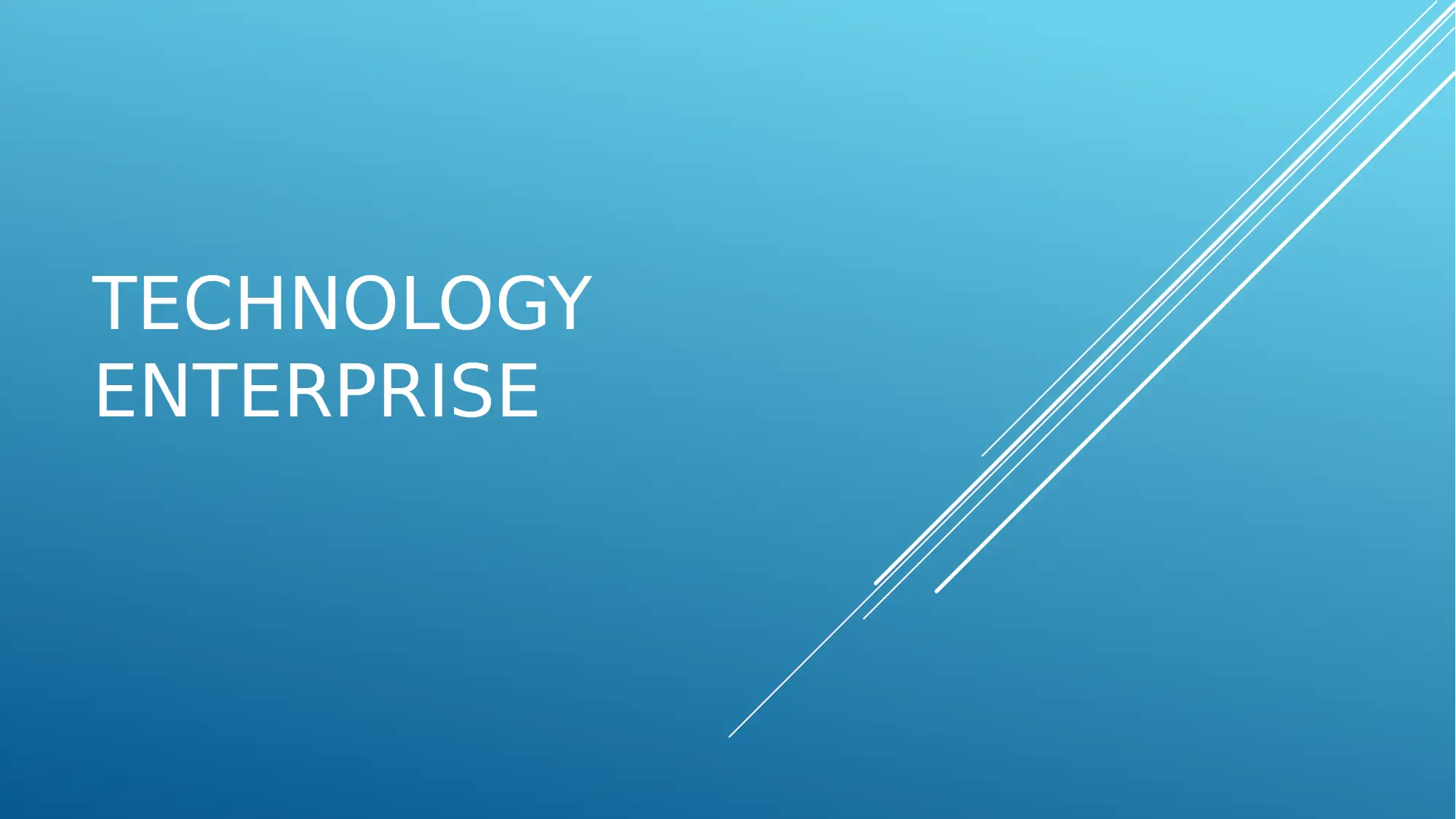
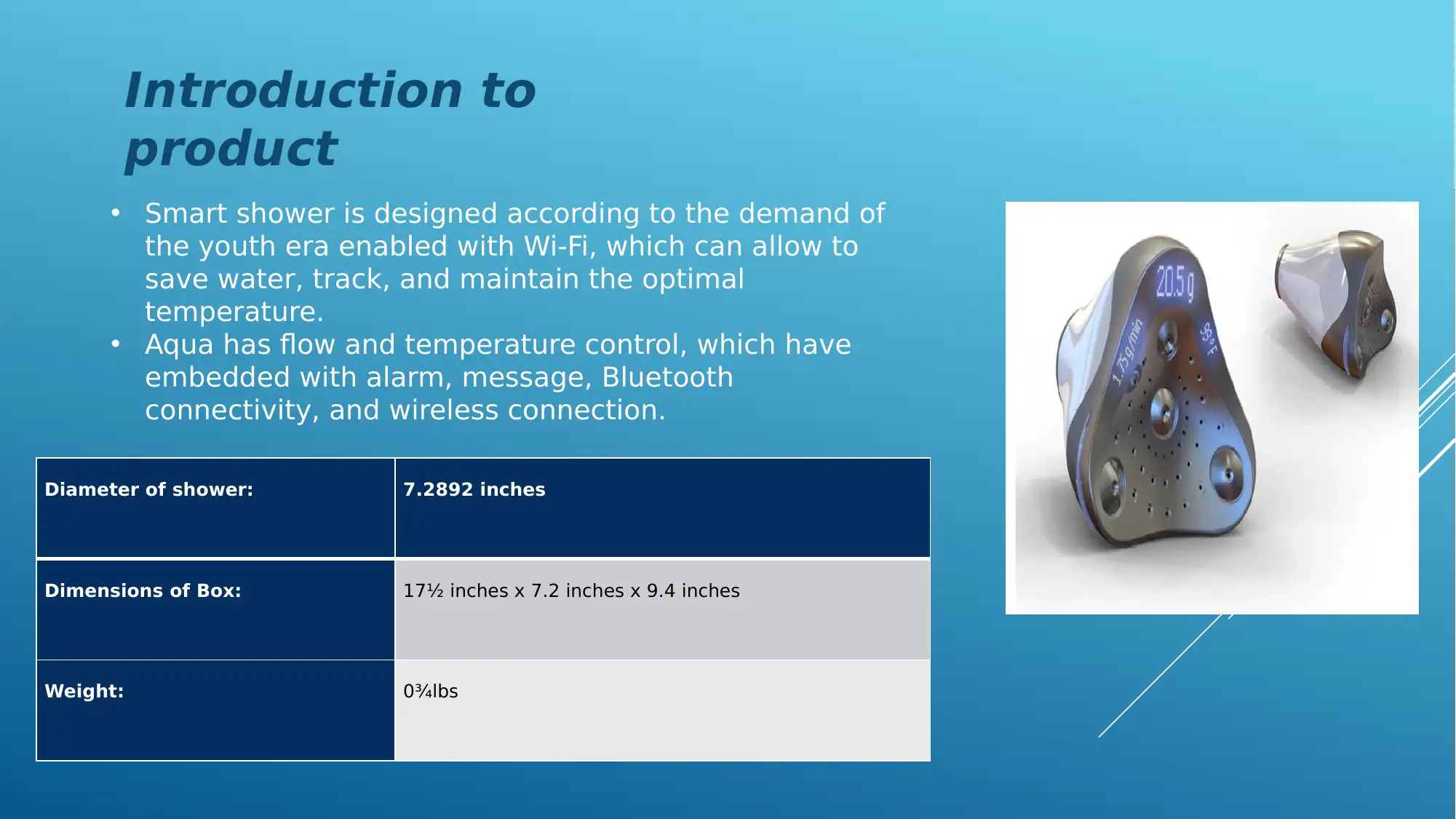
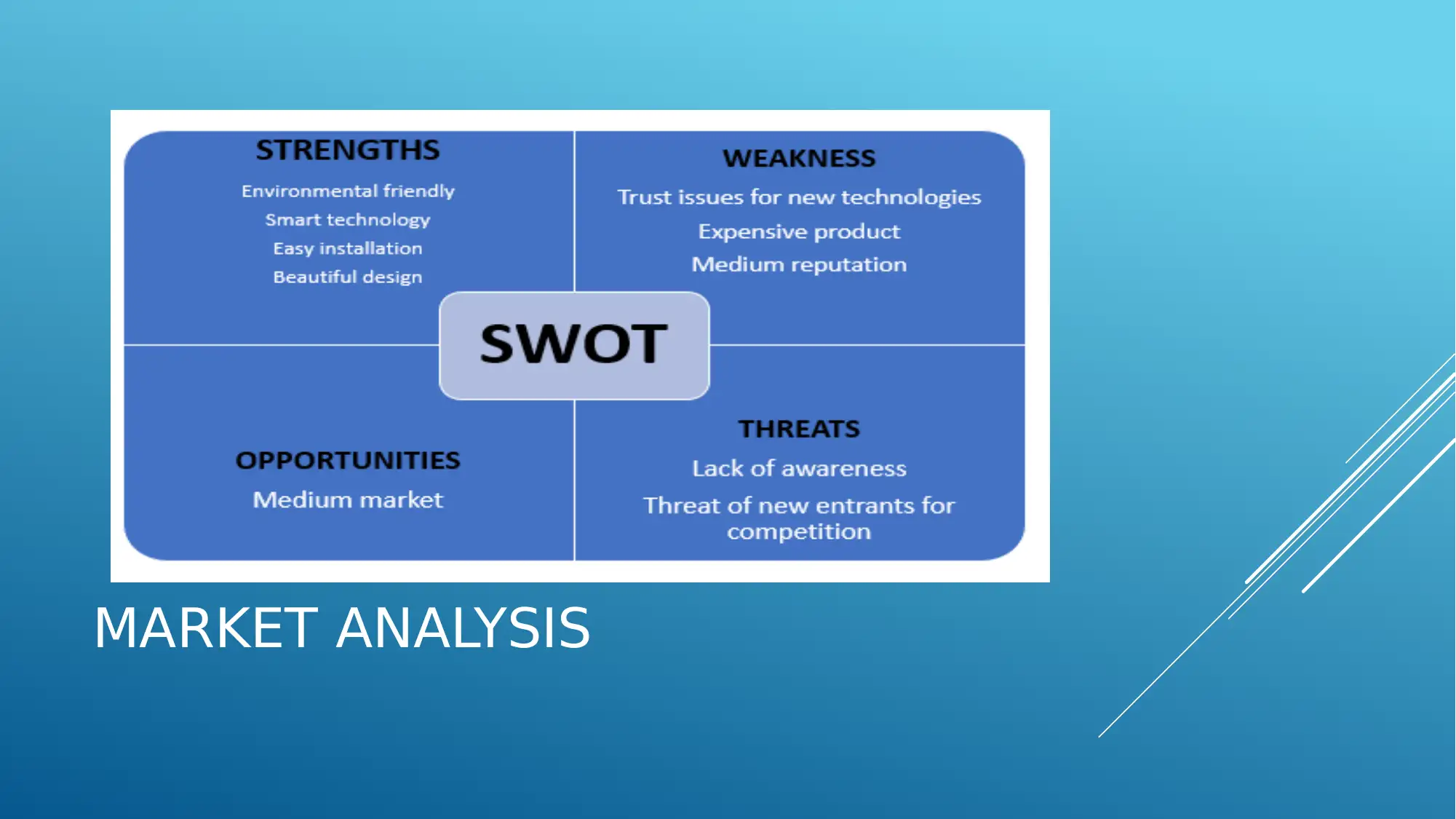

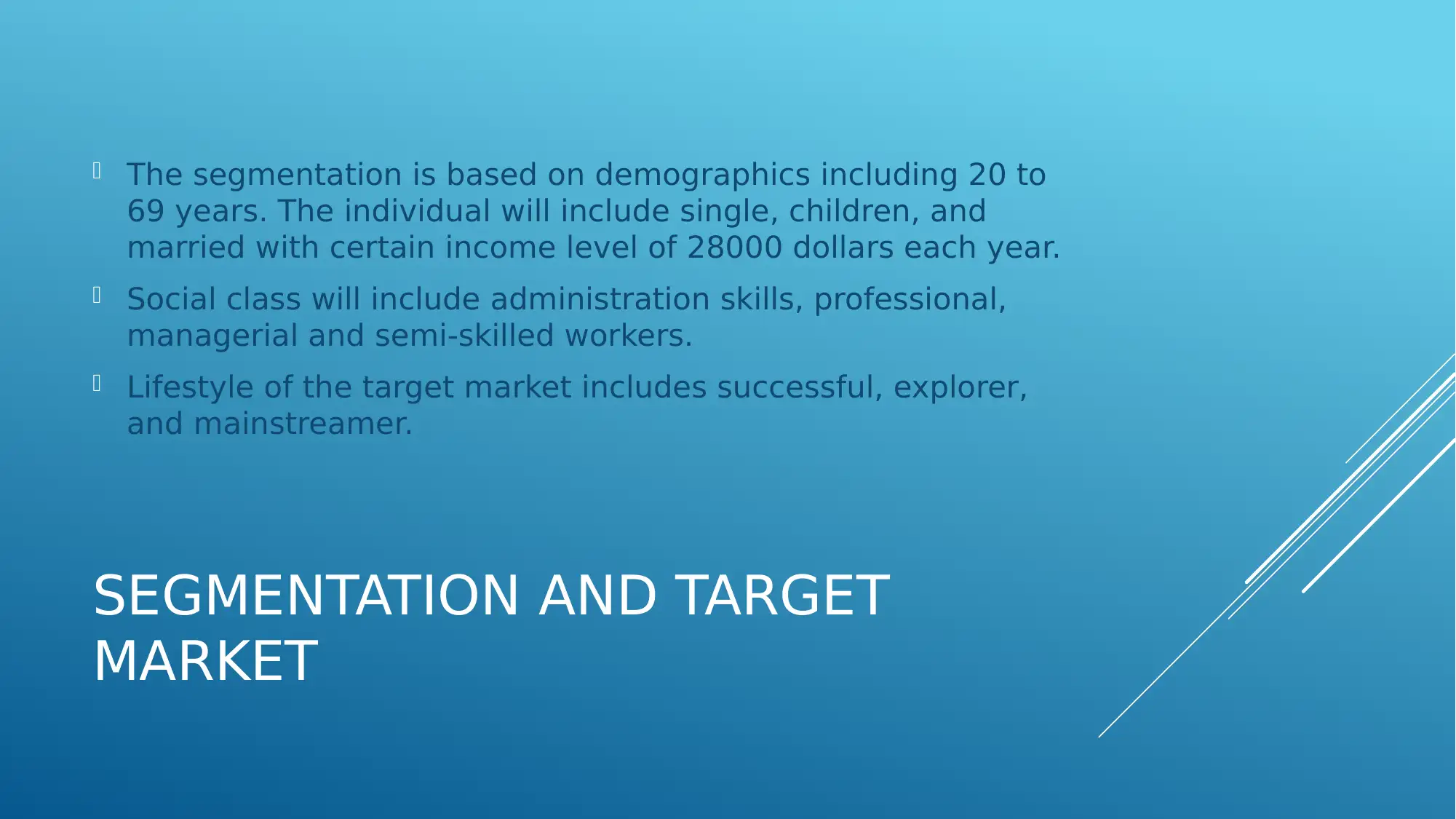
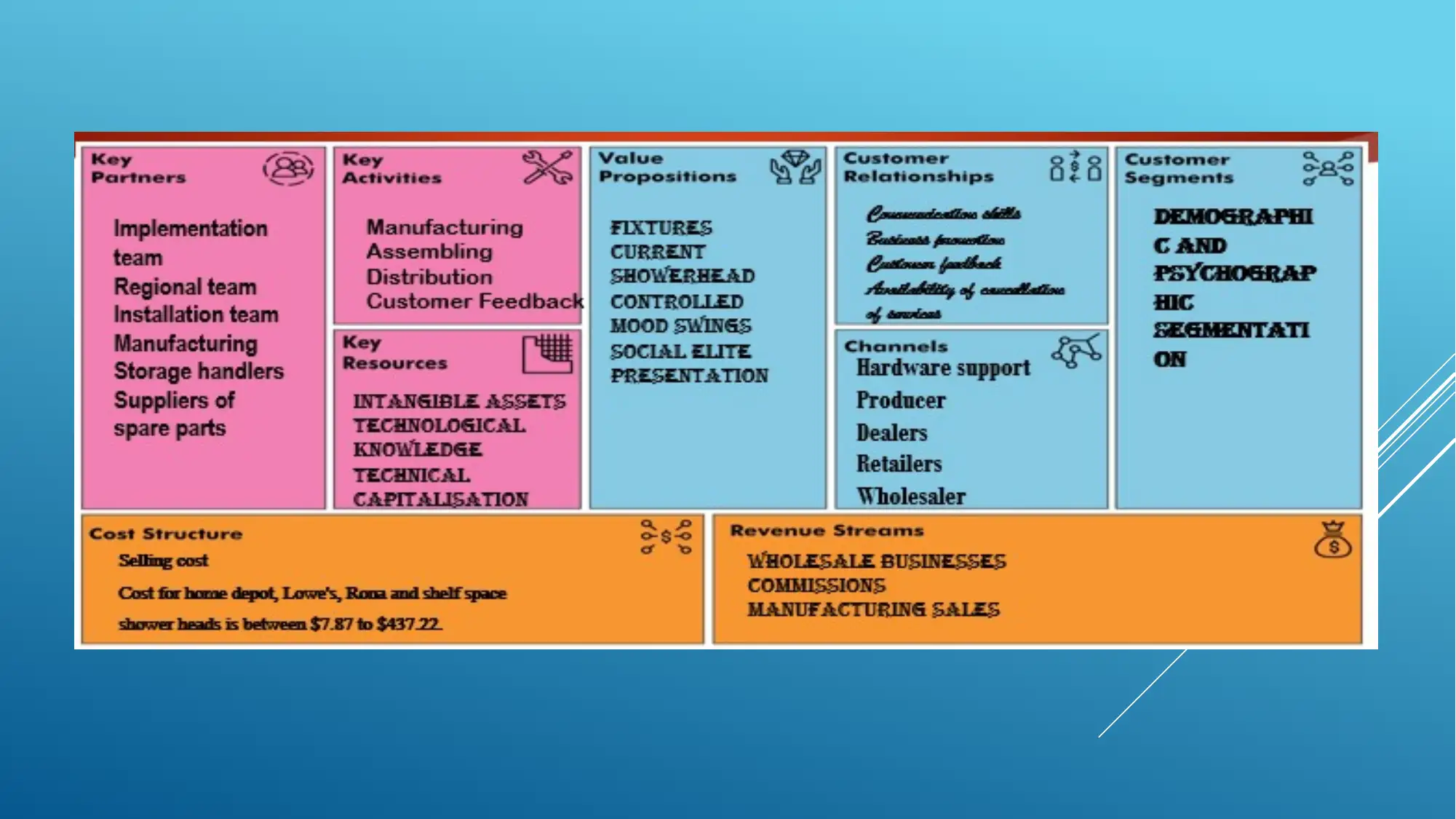
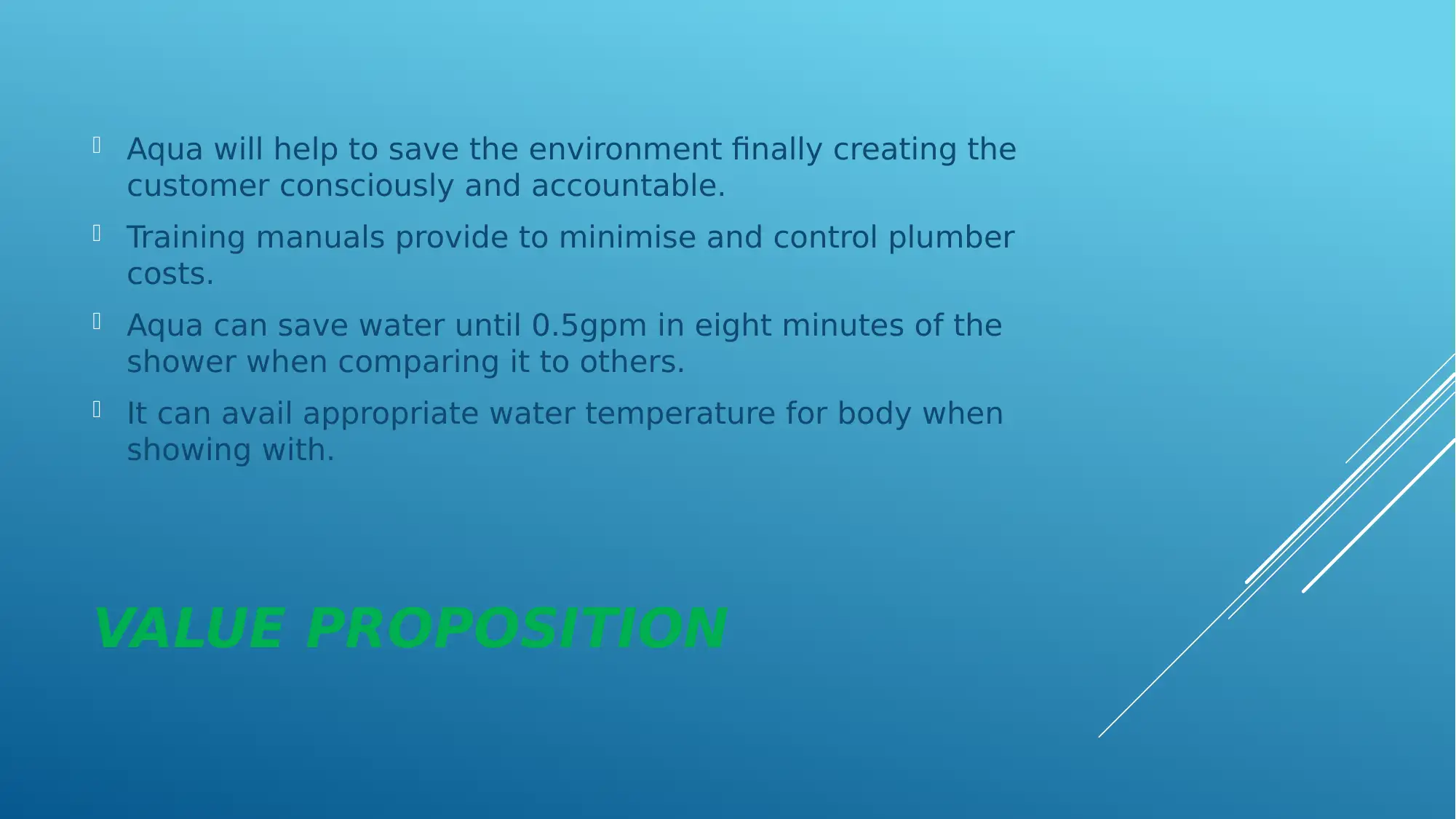
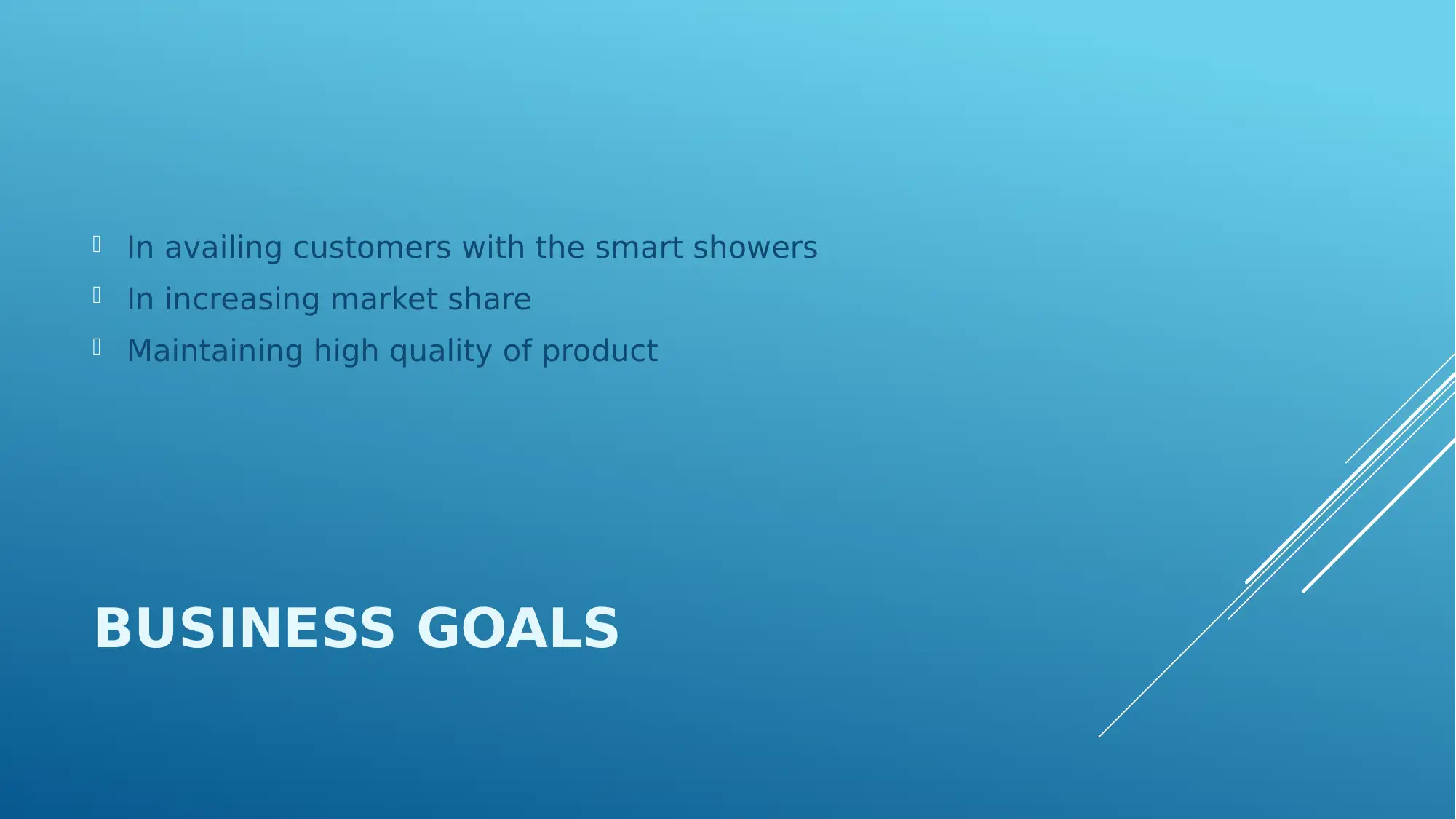
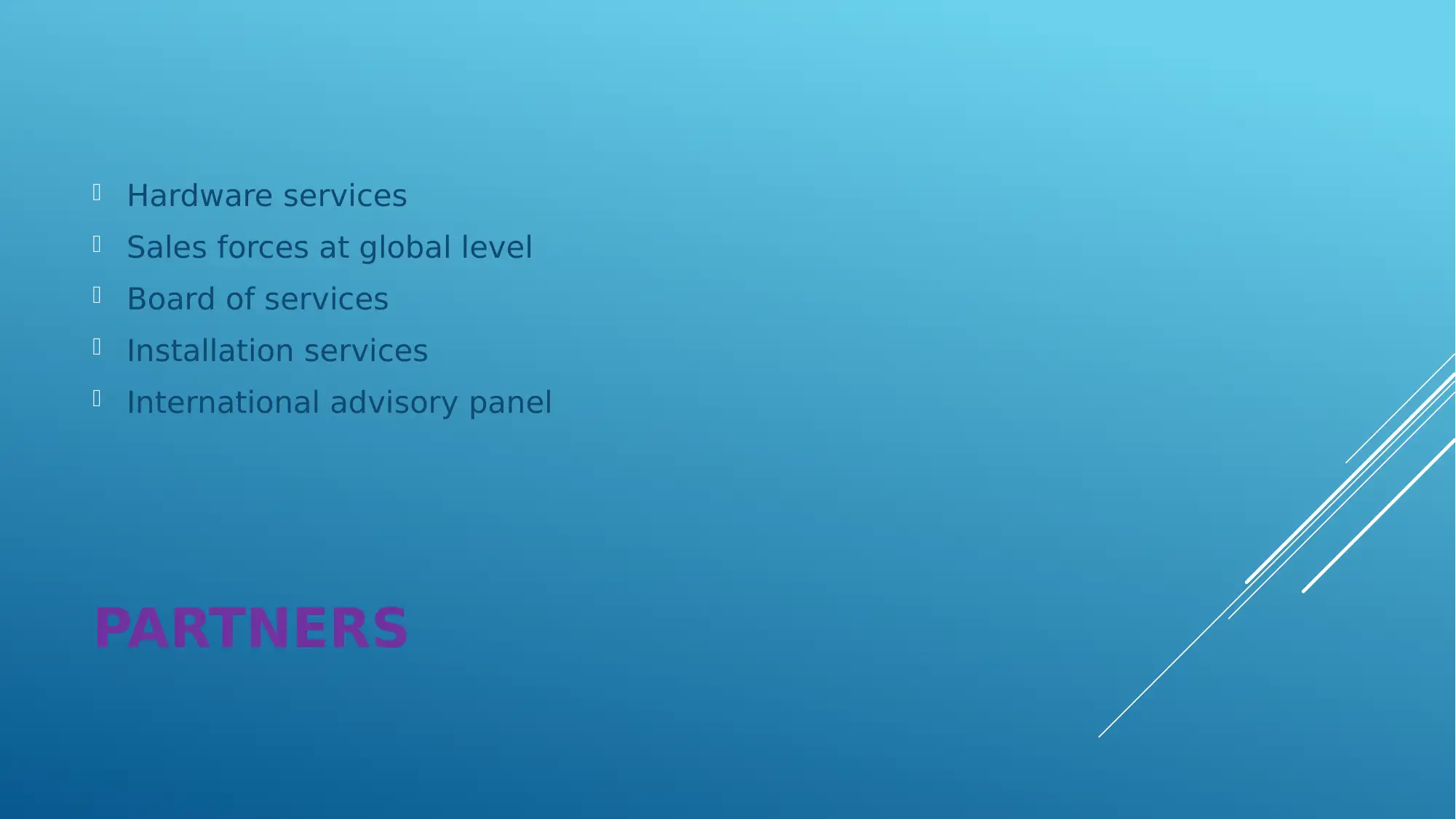
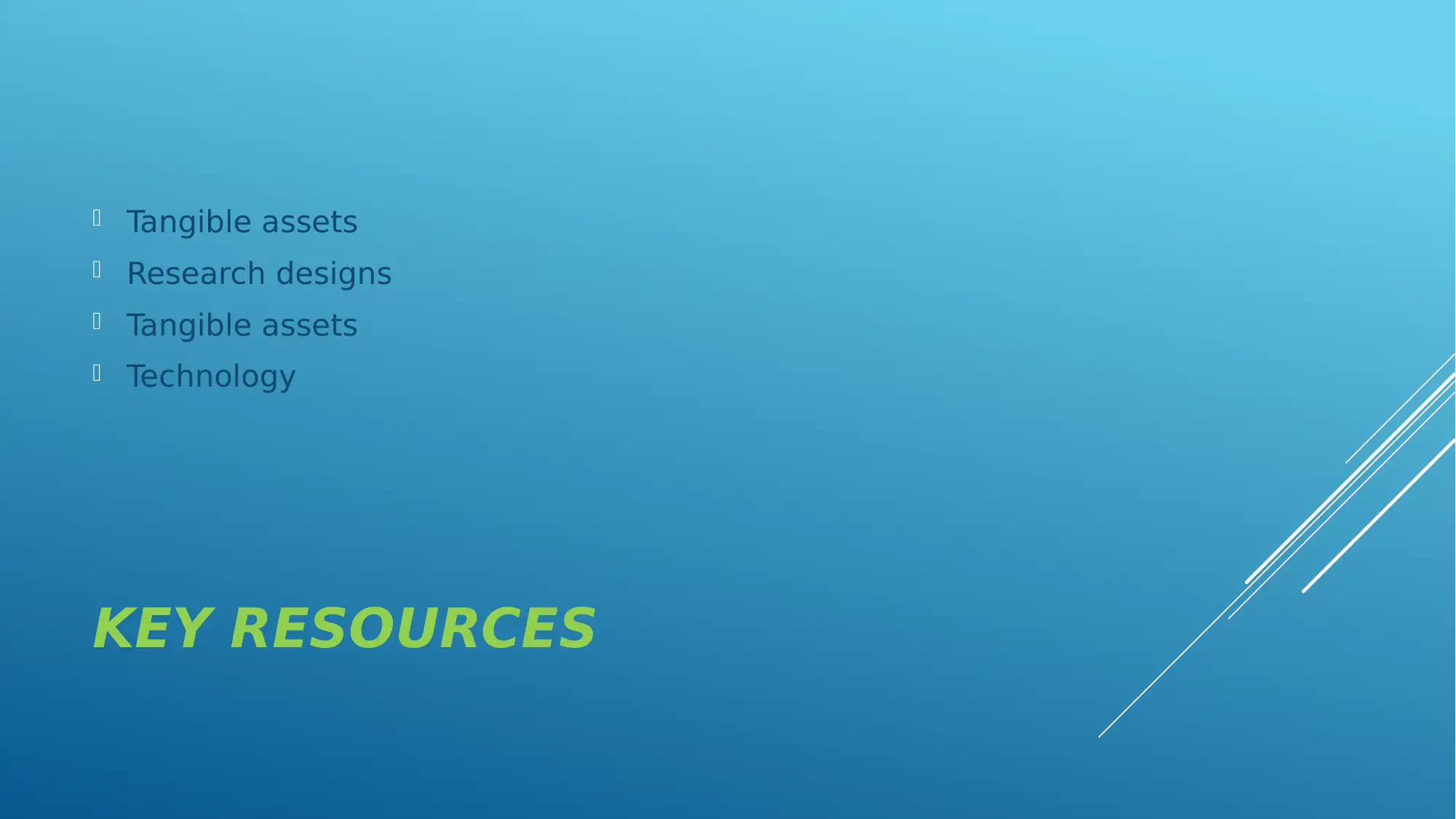
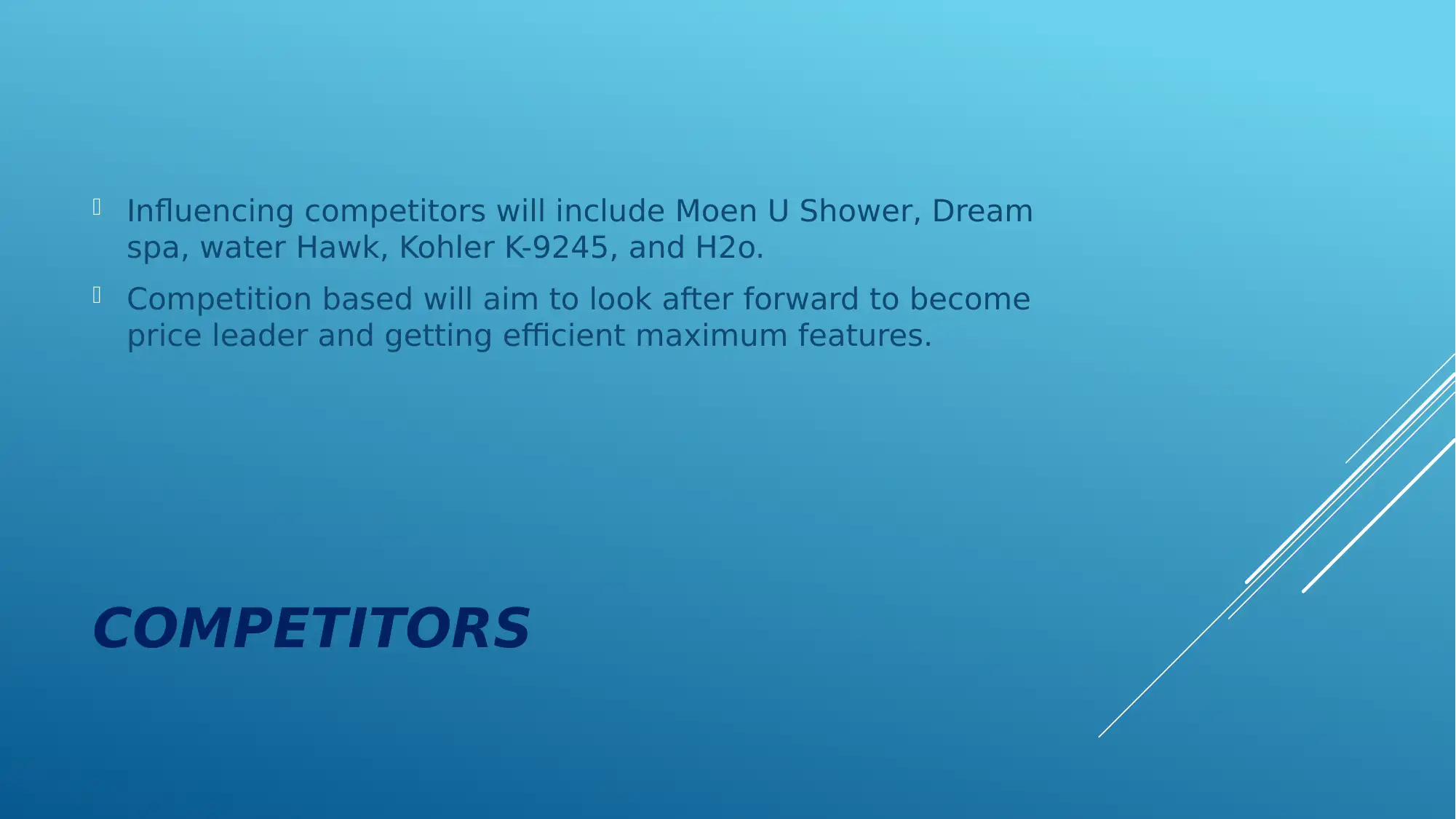
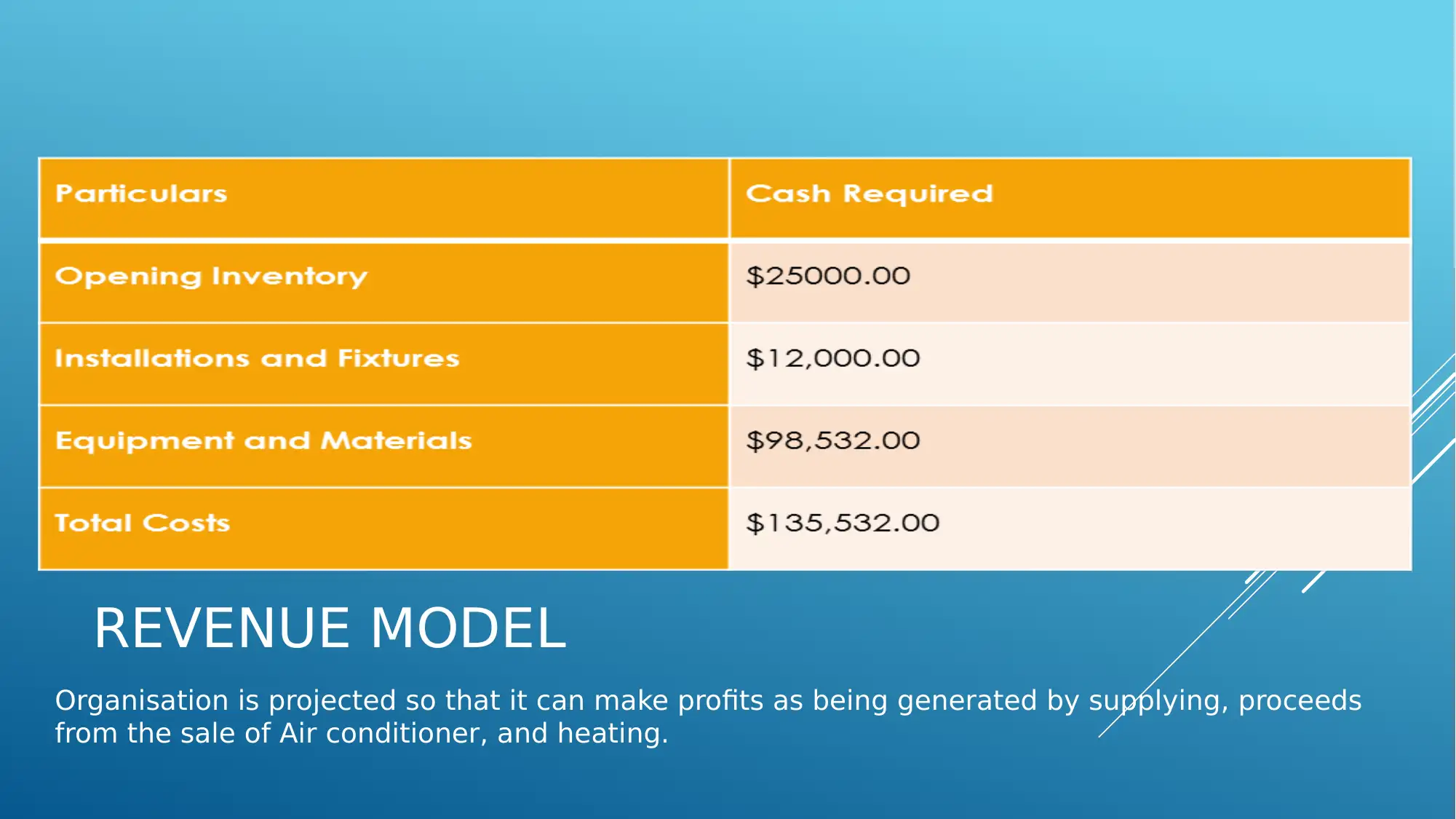
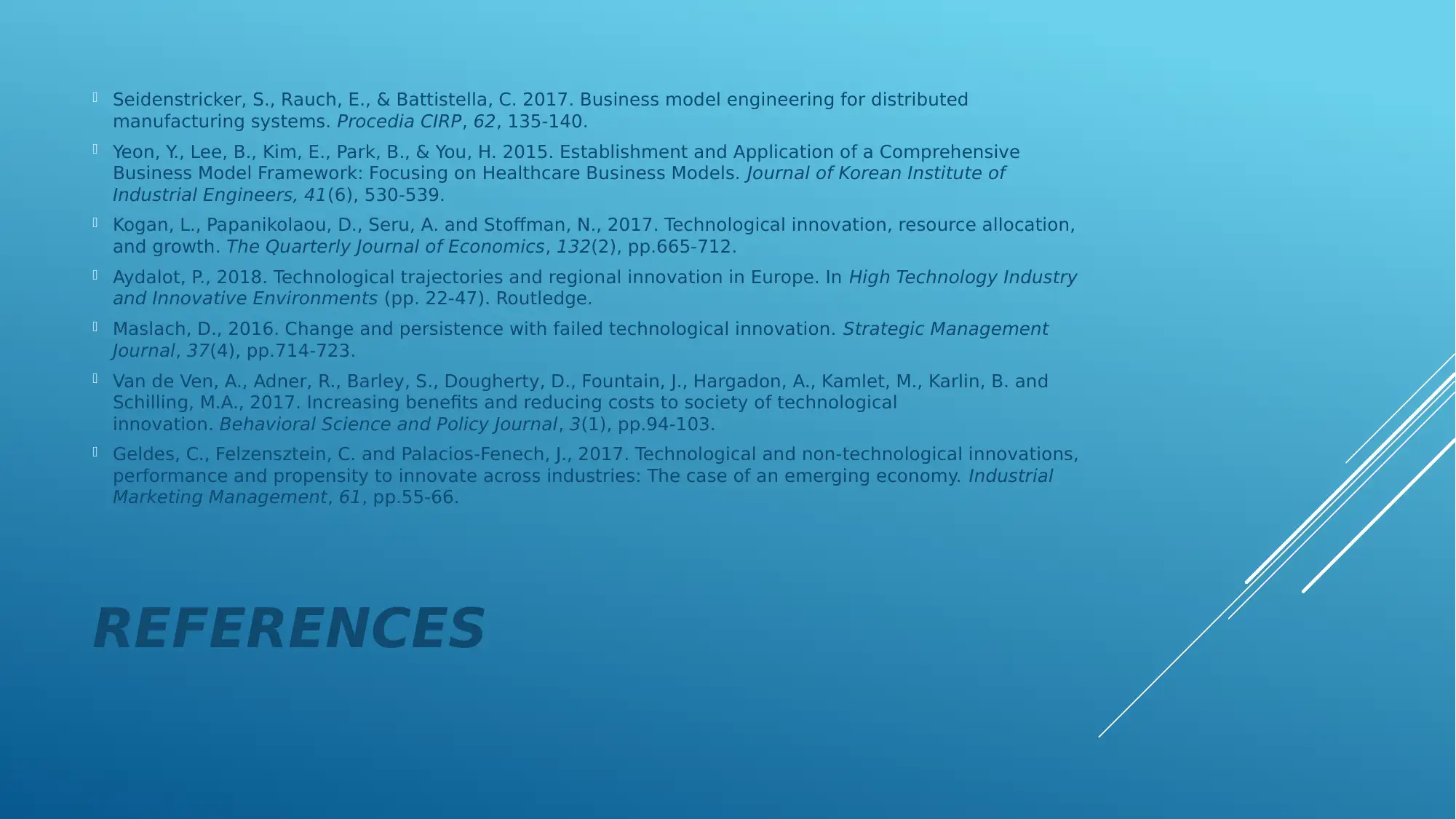






![[object Object]](/_next/static/media/star-bottom.7253800d.svg)